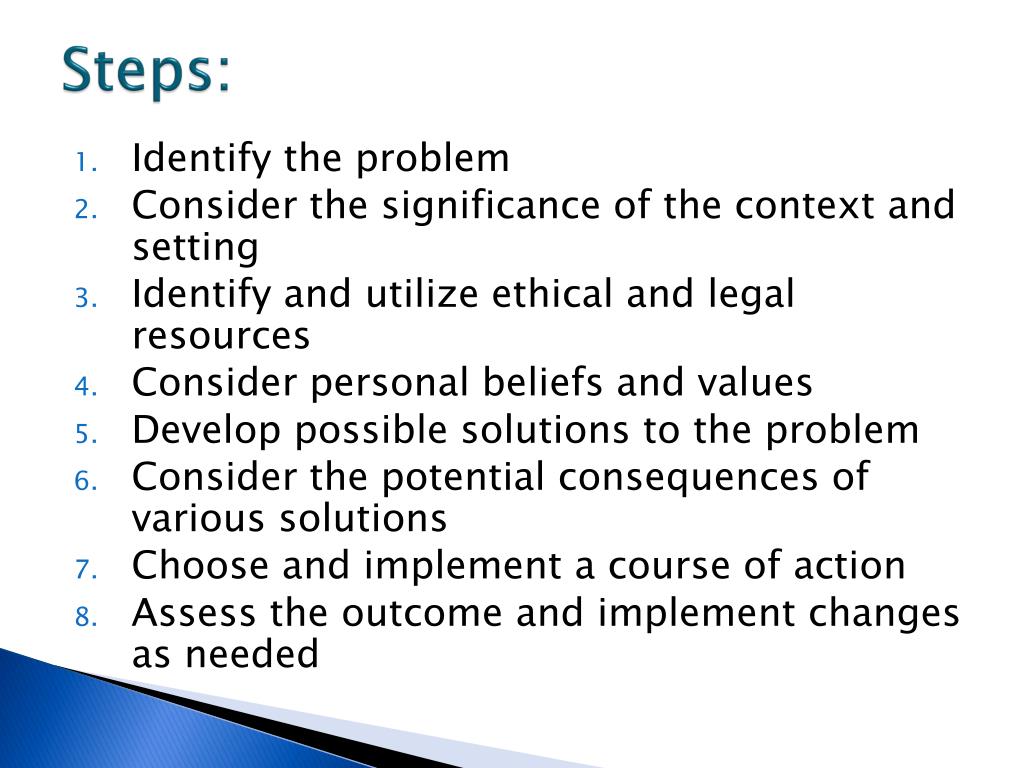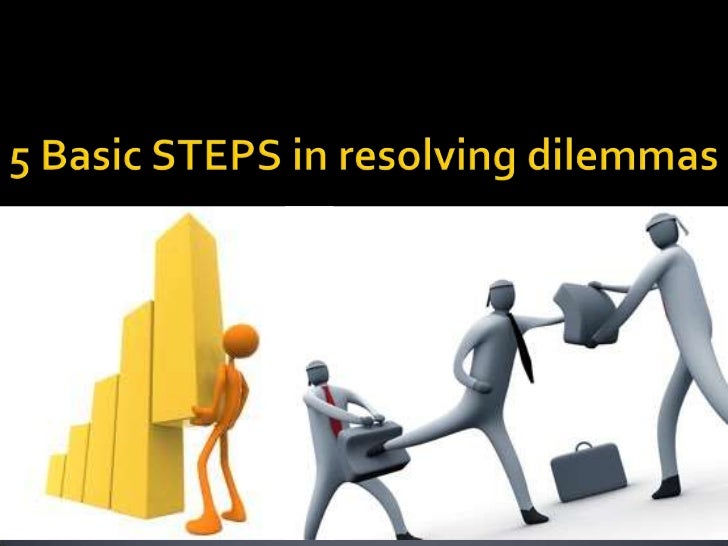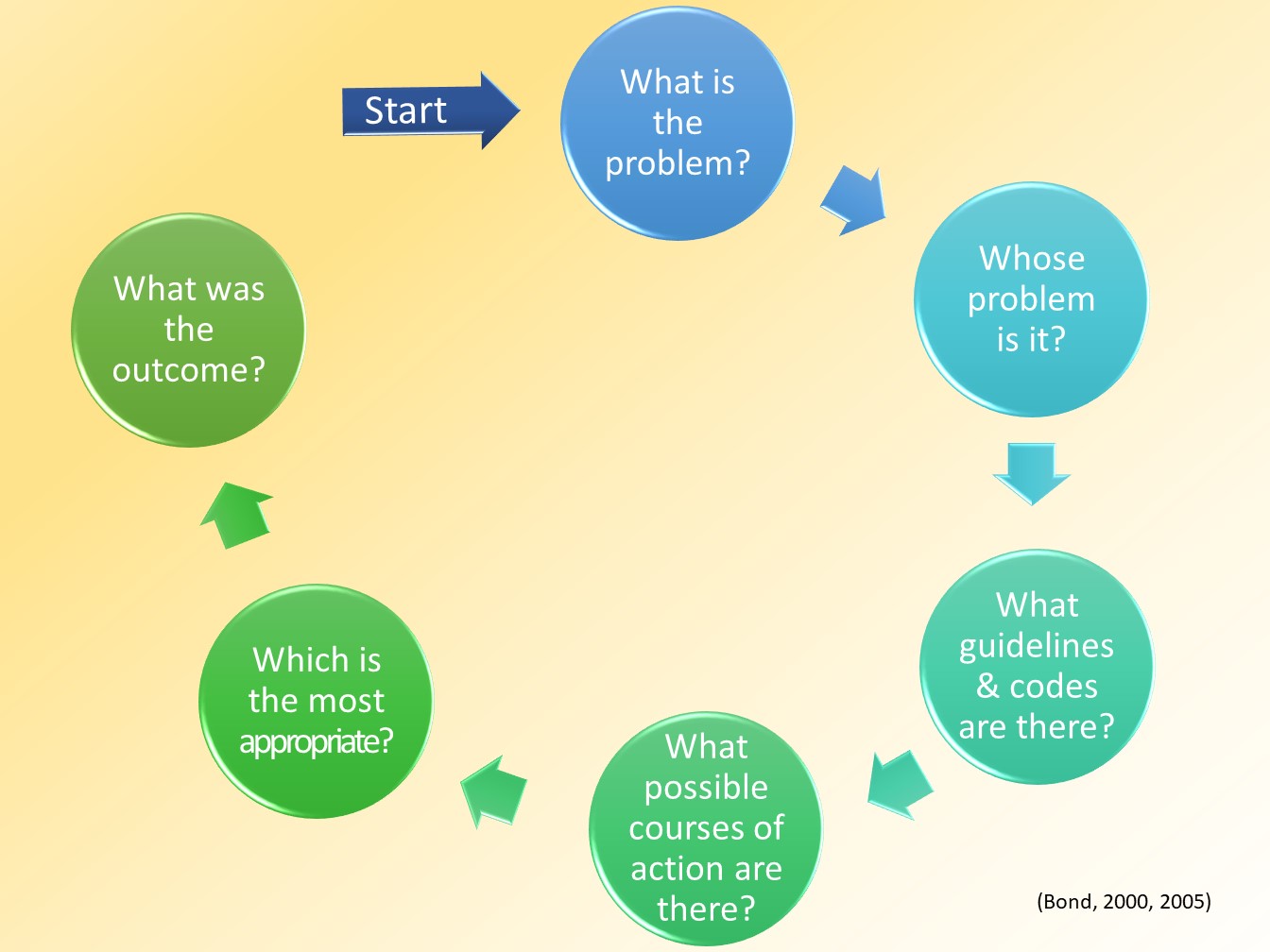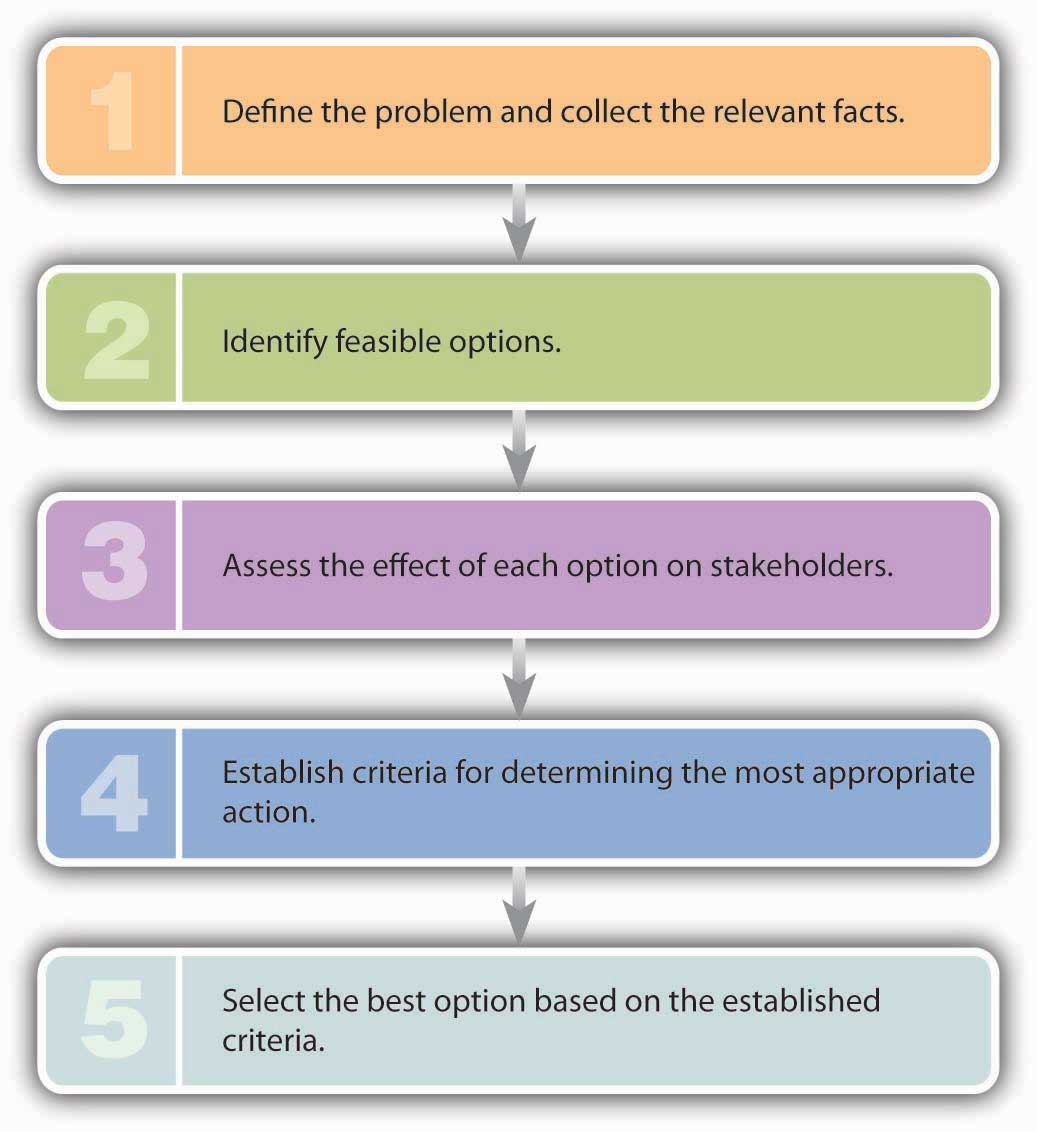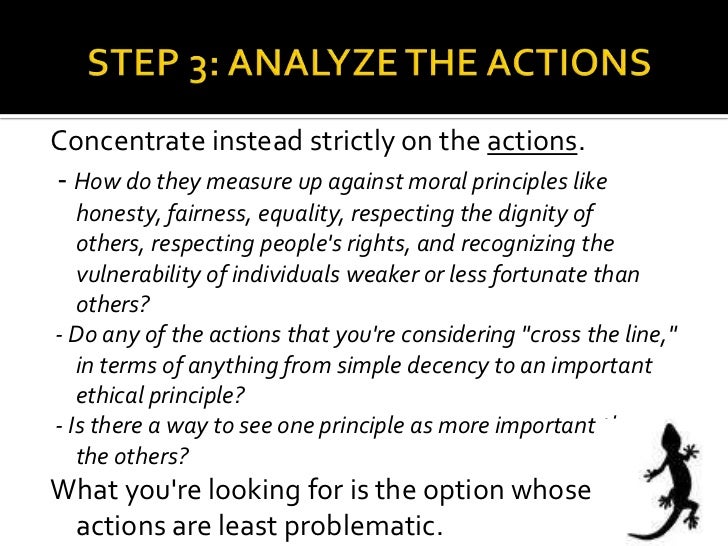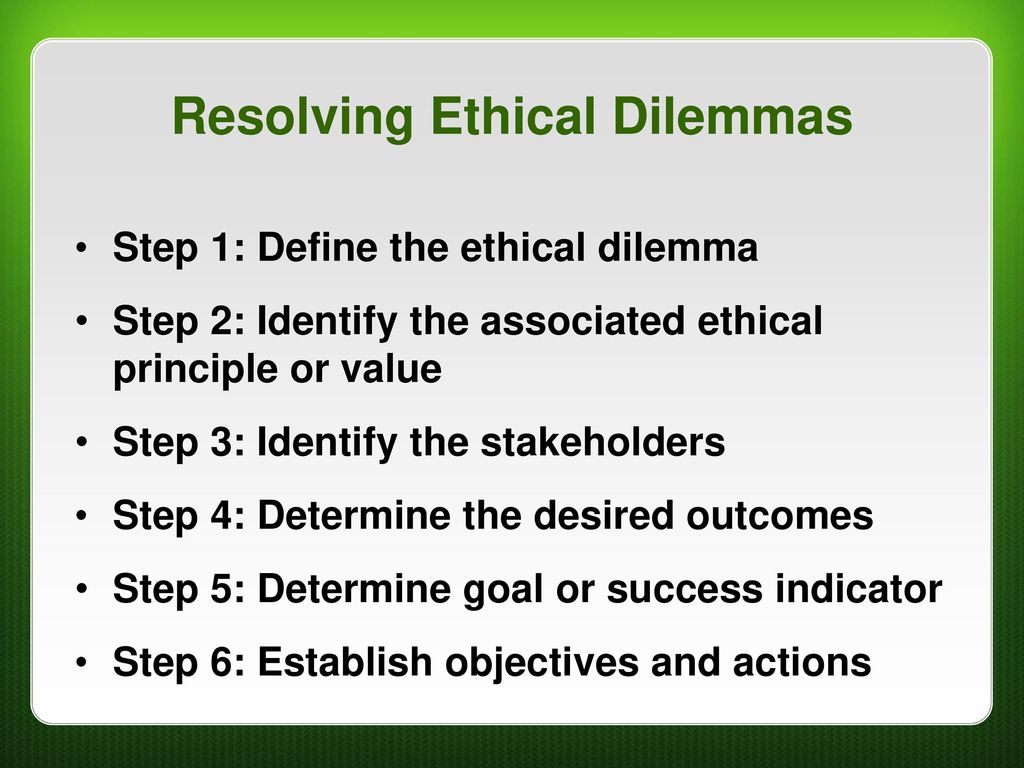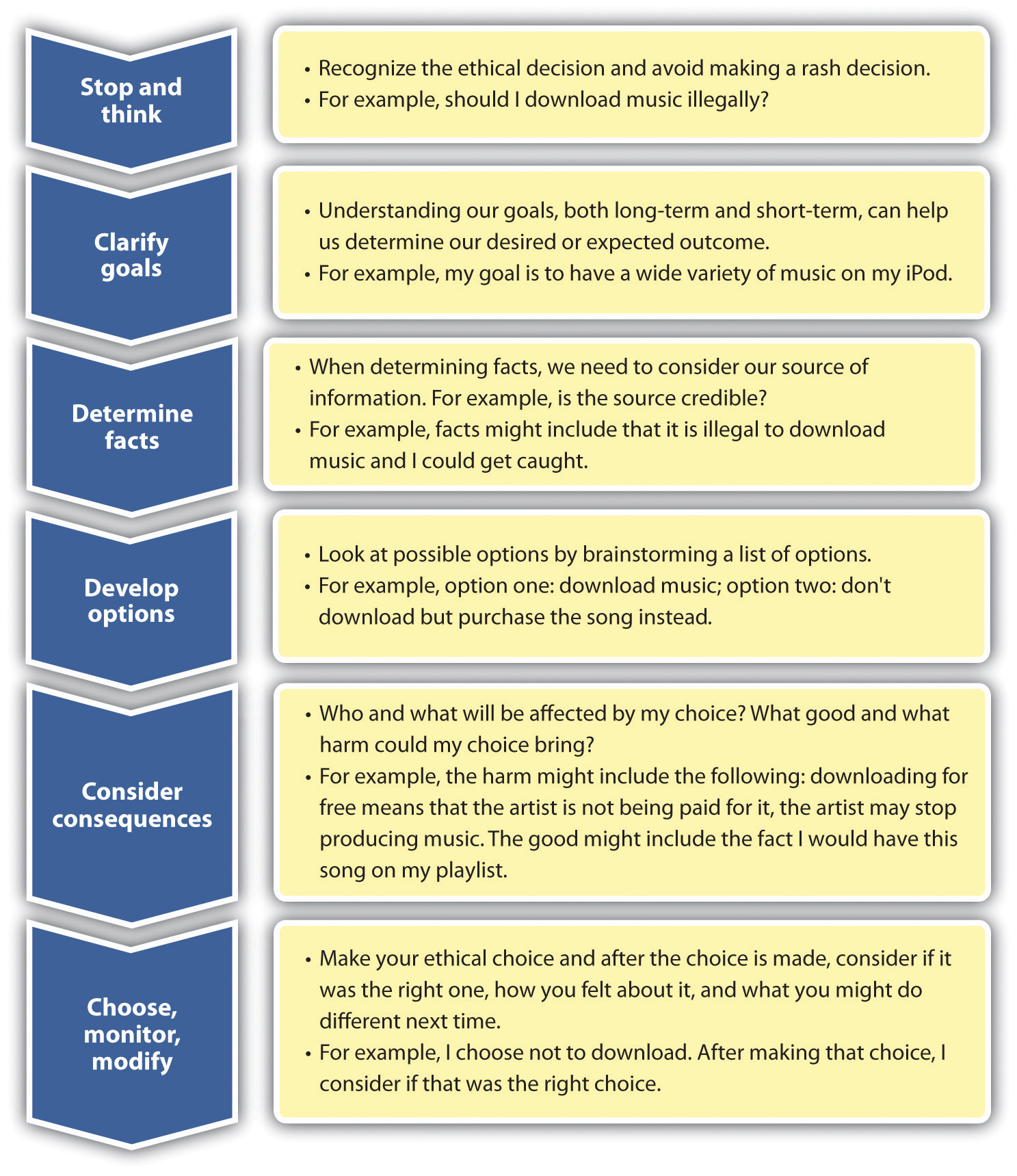Steps To Resolve An Ethical Dilemma
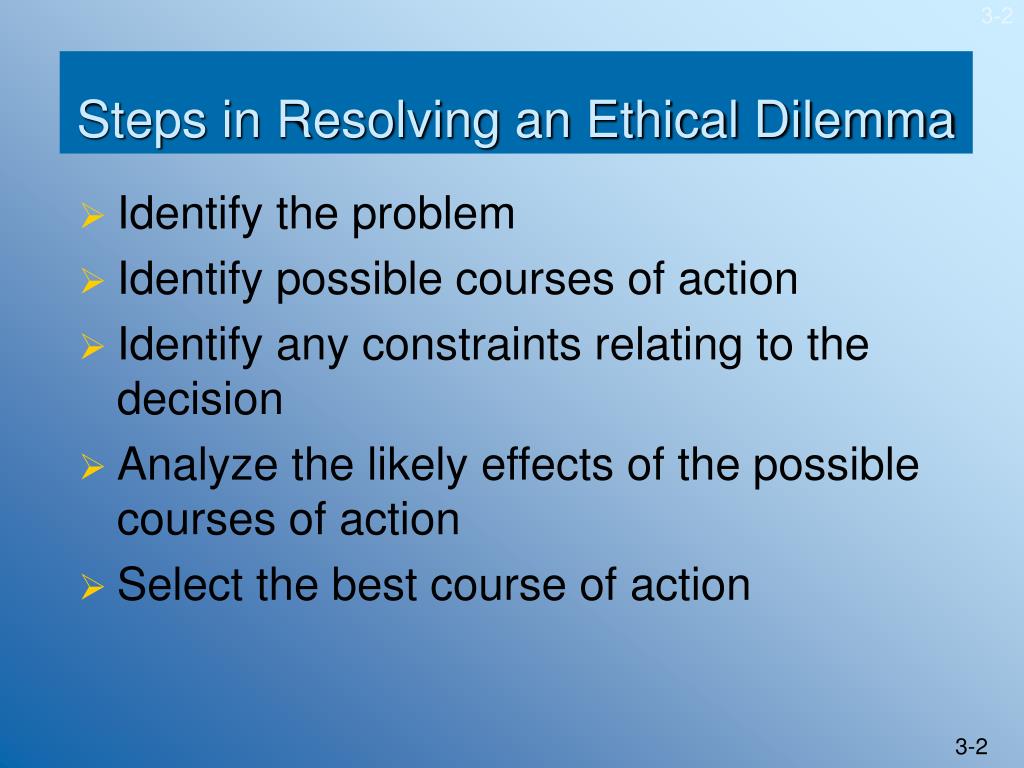
The quiet hum of daily operations can be shattered in an instant by the emergence of an ethical dilemma. These complex situations, where values clash and clear-cut solutions are absent, challenge individuals and organizations to navigate treacherous moral terrain. A misstep can erode trust, damage reputations, and inflict lasting harm, highlighting the critical need for a structured approach to ethical decision-making.
At its core, resolving an ethical dilemma requires a systematic process involving careful identification, analysis, and evaluation of competing values. This approach moves beyond gut reactions and personal biases to arrive at a well-reasoned and justifiable course of action. Successfully navigating these challenges safeguards integrity and fosters a culture of ethical conduct.
Identifying the Ethical Dilemma
The first and perhaps most crucial step is to clearly identify the ethical dilemma. This involves recognizing the conflicting values, principles, or duties at play.
Ask yourself: What makes this situation a dilemma? Whose interests are involved, and how are they potentially affected?
Defining the problem precisely is essential for subsequent analysis.
Gathering Relevant Information
Once the dilemma is identified, gather all relevant facts. This includes legal considerations, organizational policies, and industry standards.
Consult relevant stakeholders, seek expert advice, and ensure you have a comprehensive understanding of the context.
Lack of information can lead to ill-informed and potentially harmful decisions.
Identifying Stakeholders
Every ethical dilemma impacts different individuals and groups, or stakeholders, in unique ways. Identifying these stakeholders and understanding their perspectives is crucial.
Consider the direct and indirect consequences of your decision on each stakeholder. Empathy and a willingness to understand different viewpoints are essential.
Ignoring the concerns of stakeholders can lead to resentment and mistrust.
Exploring Possible Courses of Action
Brainstorm a range of potential solutions, even those that initially seem unfeasible. Creativity and a willingness to think outside the box can be valuable assets.
Consider the potential consequences of each action, both positive and negative. Weigh the ethical implications of each option carefully.
Don't settle for the first solution that comes to mind; explore all possibilities.
Evaluating Options Using Ethical Frameworks
Apply established ethical frameworks to evaluate each potential course of action. Utilitarianism, deontology, and virtue ethics offer different lenses through which to analyze the situation.
Utilitarianism focuses on maximizing overall happiness, while deontology emphasizes adherence to rules and duties. Virtue ethics emphasizes the character of the decision-maker.
Choose the framework that best aligns with your values and the specific context of the dilemma.
Making a Decision and Taking Action
Based on your analysis, choose the course of action that best resolves the ethical dilemma while minimizing harm. Be prepared to justify your decision with clear and reasoned arguments.
Implement the decision with transparency and accountability.
Document the decision-making process, including the rationale behind your choice.
Reviewing and Reflecting
After implementing your decision, review the outcome and reflect on the process. Did the chosen course of action achieve the desired result?
What lessons can be learned from this experience? How can the organization improve its ethical decision-making processes in the future?
Continuous improvement is essential for fostering a culture of ethical conduct. Consider a formal post-implementation review involving key stakeholders to gather feedback and identify areas for improvement.
Ethical dilemmas are an inevitable part of organizational life. By adopting a structured approach to ethical decision-making, individuals and organizations can navigate these challenges with confidence and integrity. Ultimately, a commitment to ethical conduct fosters trust, strengthens relationships, and builds a more just and equitable society.
